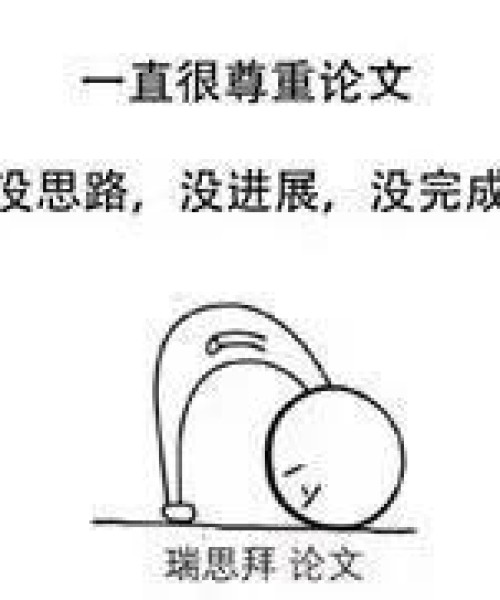阿德莱德大学代写ASSIGNMENT:诉讼的历史
考虑到调查问卷的方法不适合在此声明所有的研究对象,研究者也选择使用访谈法(1998)。访谈法,根据akinkoye(1994),[ 9 ]是非常适合大部分文盲人口如那些在发展中国家的人可能无法读和写下他们的意见,使用笔和纸。本研究的目的有一个更高的可能性,一些当事人是文盲。然而,真诚的尝试,包括不识字的受害者的犯罪(他们参加了这项研究),以避免样本偏见。因此,采用访谈法,研究者的目的是按照巴顿(1990:5)[ 10 ]他认为,“研究人员使用面试找到什么是和别人的想法。”研究人员采访人与客观事物的发现他们通常无法被观察到。面试的方法在本研究的适用性,因此,价值评估考虑了挖掘的感受能力,期望与当事人可能参与这一研究,它不能表达一些当事人的感情在纸上的具体方式,由于其较低的识字水平的意见。除了上述原因外,面试方法的优势,根据休斯,[ 11 ]:与受访者面对面接触;大量的膨胀和上下文数据,可以迅速获得;从研究对象和用于澄清和验证即时跟进数据采集接入便利化合作便利化。研究者注意到了以上几点,并采用了半结构化、开放式多模块的研究工具的设计方案。
半结构式/开放式访谈问卷的使用吸引了兴趣,因为他们被广泛使用在定性和定量的方法论的讨论。电影认为,这种兴趣是与预期的研究对象的观点更可能是在一个相对开放的方式表达(电影,1998:76)。[ 12 ]另一个标准的“特异性”的使用,根据Flick的说法,意味着面试的问题应该提出,确定为研究对象的一个事件的影响或意义的具体内容,以防止面试残留在一般陈述水平。默顿和肯德尔(1946:552)[ 13 ]提出的问题应明确指定,足以帮助研究对象在有关他/她的决定研究现状方面的回应,但一般足以避免人员结构,采用半结构化和开放式问题的另一个重要理由就是Flick(1998:78)是指为准则的范围,“旨在确保所有方面和研究问题相关的主题是研究访谈中提到。也就是说,研究课题,一方面,应该有机会在采访中介绍他/她自己的相关的新课题。另一方面,研究人员的一步一步的任务,以掩盖局部问题(什么灰色,2004称为“区域的有效性”)通过引入新的主题或引发的主题的变化也很重要。要做到这一点,电影认为,研究人员应该导致已经提到的话题,但不够详细,特别是如果他/她是的印象,研究课题是领先的谈话远离一个主题,以避免它。
的定量数据输出和分析,定量和定性的研究结果被集成在讨论中,这一调查结果的影响是目前的情况下,“进入司法”在孟加拉。
阿德莱德大学代写ASSIGNMENT:诉讼的历史
Considering the fact that the questionnaire method would not be suitable for all the research subjects in this statement, the researcher also chose to use interview method (1998:11). The interview method, according to Akinkoye (1994), [9] is very appropriate for the largely illiterate population such as those in the developing countries who might not be able to read and write down their opinion using pen and paper. For the purpose of this research there was a higher possibility that some of the litigants would be illiterate. However, sincere attempt was made to include illiterate victims of crime (where they participated in this research) to avoid sample bias. So the researcher's purpose of using the interview method is in accordance with Patton (1990:5) [10] who argues that 'researchers use interviewing to find what is in and on someone else's mind.' The researcher interviewed people with the objective of finding things from them that cannot usually be observed. The suitability of the interviewing method in this research paper is, therefore, worthy to assess while considering its ability to tap the feelings, expectancies and opinions of litigants who might be participating in this research and its inability to express some of the feelings of the litigants in the exact manner on the paper because of their lower level of literacy. In addition to the above reasons, the strengths of the interview method, according to Hughes, [11] are: face-to-face encounter with the respondents; large amounts of expansive and contextual data that can be obtained quickly; facilitation of cooperation from research subjects and facilitation of access for collection of immediate follow-up data for clarification and verification. The researcher was mindful of the above points and used the semi-structured, open-ended multi-module schedules in the design of the research instruments.
The use of semi-structured/open-ended interview questionnaires has attracted interest as they are widely used in both qualitative and quantitative methodological discussions. Flick argues that this interest is linked to the expectation that the viewpoints of the research subjects are more likely to be expressed in a relatively open manner (Flick, 1998:76). [12] Another criterion of 'specificity' was used which, according to Flick, means that the interview questions should bring out the specific elements that determine the impact or meaning of an event for the research subject, in order to prevent the interview from remaining on the level of general statements. Merton and Kendall (1946:552) [13] thus suggest, 'Specifying questions should be explicit enough to aid the research subject in relating his/her responses to determine aspects of the research situation and yet general enough to avoid having the researcher structure it.' Another important justification of using semi-structured/open-ended questions is what Flick (1998:78) refers to as the criterion of 'range,' which aims at securing that all aspects and topics relevant to the research question are mentioned during the research interview. That is, the research subject, on the one hand, should be given the chance to introduce related new topics of his/her own in the interview. On the other hand, the researcher's step-by-step task to cover up the topical issues (what Gray, 2004 calls the 'Zone of Validity') by introducing new topics or initiating changes in the topic is also important. To do this, Flick argues that the researcher should lead back to topics that have already been mentioned but not detailed deeply enough, especially if he/she is of the impression that the research subject is leading the conversation away from a topic in order to avoid it.
The quantitative data outputs are presented and analysed, both quantitative and qualitative findings are integrated in the discussion, the implications of the findings are the present scenario of 'access to justice' in Bangladesh.









